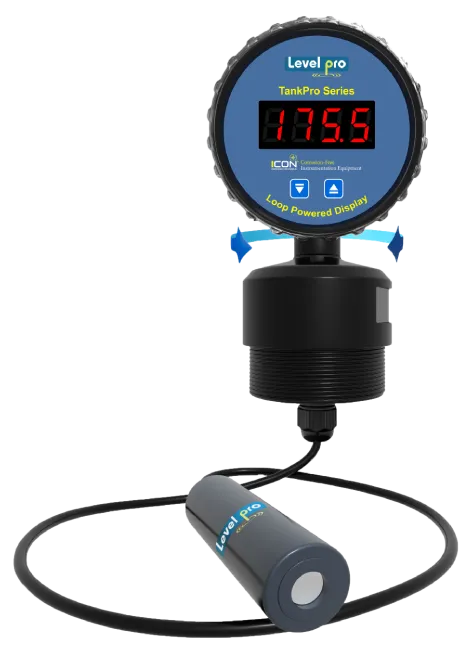What is a submersible level sensor?

A submersible level sensor is a device that is designed to measure the level of a liquid or other substance inside a container or tank. Submersible level sensors are typically used in applications where the level of the substance must be measured from inside the container, such as in water treatment plants, tanks for storing industrial chemicals, and wastewater treatment facilities. Submersible level sensors are usually mounted on the bottom of the container or tank and are designed to be fully submerged in the liquid or substance being measured.
In technical terms, a submersible level sensor is a device that uses one or more sensors to measure the level of a liquid or other substance inside a container or tank. There are many different types of submersible level sensors, and each type uses a different technology to measure the level of the substance. Some common types of submersible level sensors include pressure sensors, ultrasonic sensors, and radar sensors. Pressure sensors measure the hydrostatic pressure of the liquid or substance to determine its level, while ultrasonic and radar sensors use sound waves or radio waves to measure the distance to the surface of the liquid.
In engineering terms, a submersible level sensor is a device that uses a combination of mechanical and electrical components to measure the level of a liquid or other substance inside a container or tank. The mechanical components of a submersible level sensor typically include a housing, a mounting mechanism, and a sensor element. The housing is a waterproof enclosure that protects the sensor from the liquid or substance being measured, while the mounting mechanism is used to attach the sensor to the bottom of the container or tank. The sensor element is the component that actually measures the level of the liquid or substance.
Learn more about level sensors
Please contact us to discuss your application


